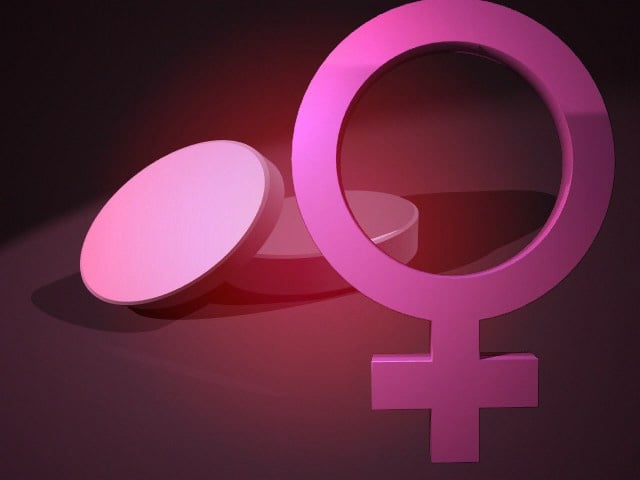Welcoming a baby is a life-changing experience, but it often comes with unexpected physical changes. One of the most common concerns among new mothers is hair falling out in what feels like handfuls. Postpartum hair changes are a well-documented phenomenon, but knowing the difference between postpartum hair shedding and hair loss is important for managing expectations and understanding when to seek help. In most cases, hair shedding after childbirth is normal and temporary, but persistent or severe hair loss may point to other issues.
What Causes Hair Changes After Pregnancy?
During pregnancy, elevated levels of estrogen prolong the hair’s anagen, or growth phase. This is why many women notice fuller, thicker hair during pregnancy. After delivery, estrogen levels decrease sharply, triggering a large proportion of hair follicles to enter the telogen, or resting phase. This leads to a condition known as telogen effluvium, where increased hair shedding typically occurs two to four months after childbirth (Mirmirani, 2011; Khumalo et al., 2019).
What Is Normal Postpartum Hair Shedding?
Postpartum shedding is part of the body’s natural return to hormonal balance. Here’s what is considered normal:
- Begins around two to four months after delivery
- Peaks at four to six months postpartum
- More noticeable at the hairline or temples
- Hair may come out in clumps when brushing or washing
- Usually resolves within six to twelve months without treatment
While this amount of shedding may feel distressing, it rarely results in permanent hair loss. Most women regain their previous hair volume within a year (Gathers & Jankowski, 2008; Trueb, 2009).
When Is It More Than Just Shedding?
Although postpartum shedding is common, some cases may point to a deeper issue. Red flags include:
- Hair loss lasting beyond twelve months
- Thinning or bald patches, especially at the crown or temples
- Little or no regrowth
- Other symptoms like fatigue, weight changes, brittle nails, or irregular menstrual cycles
These symptoms may indicate underlying conditions such as thyroid dysfunction, iron deficiency, or female pattern hair loss that require medical evaluation (Herskovitz & Tosti, 2013; Shrivastava, 2009).
Possible Causes of Prolonged Hair Loss
-
Iron Deficiency Anemia: Childbirth-related blood loss and poor postnatal nutrition can lead to iron deficiency, which is a known contributor to chronic telogen effluvium.
-
Thyroid Disorders: Postpartum thyroiditis affects 5 to 10 percent of women and may cause both hair loss and systemic symptoms such as fatigue or mood changes (Stagnaro-Green & Pearce, 2012).
-
Nutritional Deficiencies: Lack of adequate protein, zinc, biotin, and vitamin D can negatively impact hair growth cycles.
-
Female Pattern Hair Loss (FPHL): Women with a genetic predisposition may begin to notice androgenic hair thinning during the postpartum period when hormone levels fluctuate.
-
Excessive Physical or Emotional Stress: The stress of labor, lack of sleep, and the demands of caring for a newborn can also contribute to prolonged shedding.
Tips to Support Healthy Hair Regrowth
1. Be Gentle With Your Hair
- Avoid tight hairstyles, harsh brushing, or excessive heat styling
- Use sulfate-free shampoos and conditioners
- Minimize chemical treatments like coloring or perming during this period
2. Prioritize Nutrition
- Include iron-rich foods like spinach, red meat, and lentils
- Supplement with postnatal vitamins that include biotin, vitamin D, and omega-3 fatty acids
- Stay well-hydrated and eat enough protein to support keratin production
3. Consider Scalp Care and Stimulation
Massaging the scalp increases blood flow to hair follicles and may support regrowth. Some topical treatments with caffeine or rosemary oil show promise in improving circulation and follicle activity.
4. Medical Options
In select cases, dermatologists may recommend:
- Blood tests to evaluate for thyroid or iron abnormalities
- Minoxidil (topical Rogaine) for persistent hair thinning
- Low-level laser therapy (LLLT) for follicle stimulation
Medical treatment should always be supervised, especially during breastfeeding.
When to See a Specialist
If postpartum shedding becomes excessive, lasts more than a year, or involves bald patches and no signs of regrowth, a dermatologist can help. Diagnostic tests may include:
- Scalp examination and pull test
- Blood tests for ferritin, TSH, and other markers
- Dermoscopy or biopsy in complex cases
Early diagnosis can help reverse hair loss before it becomes more difficult to treat (Headington, 1993).
Understanding the difference between postpartum hair shedding and hair loss can relieve anxiety and encourage appropriate action. In most cases, hair shedding after childbirth is temporary and a normal part of the recovery process. With proper care, nutrition, and patience, the hair cycle typically returns to normal. If shedding persists or causes distress, professional evaluation can provide reassurance and timely treatment options.
References
- Gathers, R. C., & Jankowski, M. (2008). Telogen effluvium: Demystifying the shedding process. Dermatology Nursing, 20(3), 206–210.
- Headington, J. T. (1993). Telogen effluvium. New Concepts and Review, 78(6), 874–880. https://doi.org/10.1016/0190-9622(93)70109-Y
- Herskovitz, I., & Tosti, A. (2013). Female pattern hair loss. International Journal of Endocrinology and Metabolism, 11(4), e9860. https://doi.org/10.5812/ijem.9860
- Khumalo, N. P., Jessop, S., Gumedze, F., & Ehrlich, R. (2019). Hair care practices and their effect on scalp and hair health. Clinical, Cosmetic and Investigational Dermatology, 12, 345–353. https://doi.org/10.2147/CCID.S206979
- Mirmirani, P. (2011). Hormonal changes and hair loss in women. International Journal of Dermatology, 50(7), 797–802. https://doi.org/10.1111/j.1365-4632.2011.04975.x
- Shrivastava, S. B. (2009). Diffuse hair loss in an adult female: Approach to diagnosis and management. Indian Journal of Dermatology, Venereology and Leprology, 75(1), 20–27. https://doi.org/10.4103/0378-6323.45210
- Stagnaro-Green, A., & Pearce, E. N. (2012). Thyroid disorders in pregnancy. Nature Reviews Endocrinology, 8(11), 650–658. https://doi.org/10.1038/nrendo.2012.165
- Trueb, R. M. (2009). Telogen effluvium: Is there a need for a new classification? Skin Appendage Disorders, 5(1), 1–6. https://doi.org/10.1159/000477132












